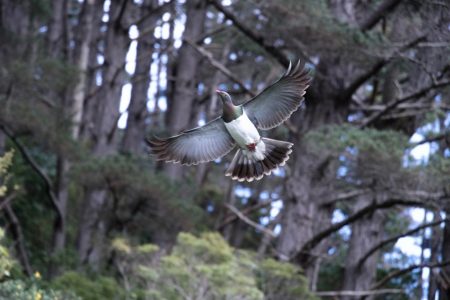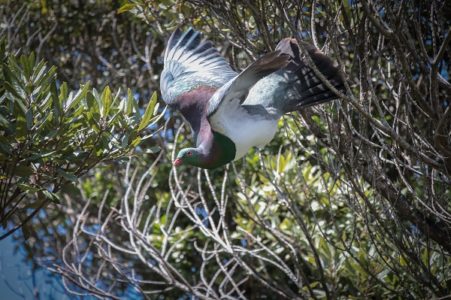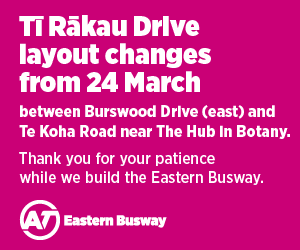
Kiwis, make your final kererū counts this weekend!
The Great Kererū Count (GKC) team needs New Zealanders across the county to keep their eyes on the skies to help build up a comprehensive picture of where our native pigeon is – and isn’t – found. The annual count closes this Sunday, October 1, at midnight. Join the Count at www.greatkererucount.nz
WWF-New Zealand is encouraging everyone to take part by counting kererū in backyards, schools, parks or reserves. The information collected from this nation-wide project will be used to better protect kererū and to help save our native forests.
WWF-New Zealand’s chief executive officer, Livia Esterhazy said given the ecological importance of kererū, GKC data was vital not just for protecting this species, but for ensuring the health of our forest ecosystems for future generations.
“We really need Kiwis this year to help us build up a detailed picture of how kererū are distributed across the country, what they are feeding on, and especially the extent to which they are found in towns and cities.”
“The humble kererū is one of New Zealand’s most valuable assets when it comes to our native forests,” Ms Esterhazy said. “Kererū are known as the ‘gardeners of the skies’ as they play a crucial role in dispersing seeds of native canopy trees such as tawa, taraire and matai. No other bird can fulfil this function, making the species essential for forest regeneration.”
For the 2017 GKC, across the country there have been more than 3288 observations recorded and more than 7142 kererū counted so far.

Most 2017 kererū sightings are being recorded in Wellington, Auckland, Nelson/Tasman and Dunedin. Good numbers are also coming in from Waiheke Island, Whangarei, Taranaki, Bay of Plenty, New Plymouth, Palmerston North, West Coast and Christchurch.
There are also observations coming in from areas including Bluff, Codfish Island, Stewart Island, Te Anau in Fiordland and Maungataniwha Forest in Northland. The furthest north observation has been made in Kaitaia in the Far North.
As part of GKC 2017, Landcare Research is hosting a national Kererū Photographic Competition closing 22 October. Great prizes include a kererū shelf from Ian Blackwell, Topflite seed bells, a nectar feeder and predator control tools. Entries are welcome via the Kereru Discovery Facebook page, and on Instagram and Twitter (#GKCPhotoComp).
The GKC is a partnership between WWF-New Zealand, Victoria University of Wellington, Wellington City Council, and NatureWatch NZ and supported by regional councils and environmental groups throughout New Zealand.










